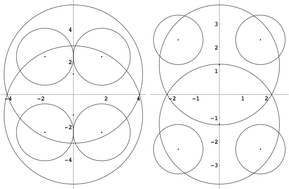Influence of confinement on atomic and molecular reactivity indicators in DFT
Abstract
Spatial confinement of atoms and molecules influences electronic structures, energy

* Corresponding authors
a Vrije Universiteit Brussel (Free University of Brussels, VUB), Department of General Chemistry (ALGC), Pleinlaan, 2, Brussels, Belgium
b Department of Chemistry, University of Durham, South Road, Durham, UK
Spatial confinement of atoms and molecules influences electronic structures, energy

 Please wait while we load your content...
Something went wrong. Try again?
Please wait while we load your content...
Something went wrong. Try again?
A. Borgoo, D. J. Tozer, P. Geerlings and F. De Proft, Phys. Chem. Chem. Phys., 2008, 10, 1406 DOI: 10.1039/B716727J
To request permission to reproduce material from this article, please go to the Copyright Clearance Center request page.
If you are an author contributing to an RSC publication, you do not need to request permission provided correct acknowledgement is given.
If you are the author of this article, you do not need to request permission to reproduce figures and diagrams provided correct acknowledgement is given. If you want to reproduce the whole article in a third-party publication (excluding your thesis/dissertation for which permission is not required) please go to the Copyright Clearance Center request page.
Read more about how to correctly acknowledge RSC content.
 Fetching data from CrossRef.
Fetching data from CrossRef.
This may take some time to load.
Loading related content
